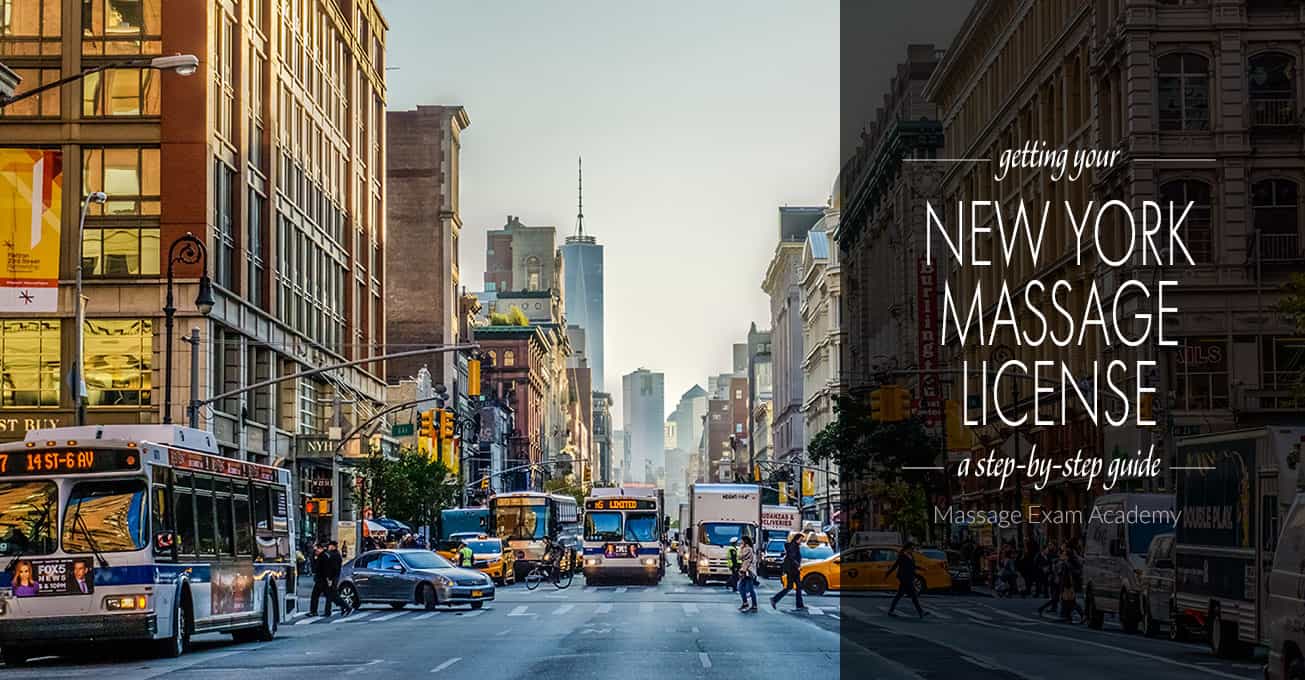
Looking for information to obtain a massage license, or get certified, in California?
Legally working as a massage therapist in California is different than any other state. Whether you are a current massage therapist moving to California, or a resident looking for a massage program, sorting through regulations can be challenging and time-consuming.
I am going to cover the current regulations in California and break down the requirements into simple steps. Soon, you will know everything you need to do, or not do, in order to work as a massage professional in the state.
Licensing vs Certification
The first thing we need to cover is…
California does not license massage therapists, instead it certifies qualified massage therapists.
What’s the difference?
Certification and licensing are not interchangeable terms. It is very important to know the difference between the two before you start the certification process.
Licensing
Licensing is a non-voluntary, or mandatory, requirement. A government agency (board or department) regulates the profession. Passage of a massage licensing law or act makes it illegal for anyone to engage in that occupation within without a license. Over 40 states issue massage therapy licenses.
Certification
According to the American Massage Therapy Association:
“Professional certification is a voluntary process by which a non-governmental professional organization grants recognition to an individual who has met certain qualifications.”
Certification in California is voluntary, like the NCTMB/BCTMB certification. This certification has intended benefits for the public and massage profession in California, which I will discuss in a moment.
Certification in California is obtained through CAMTC, short for California Massage Therapy Council.
What is CAMTC?
CAMTC is not a state board. However, it was created by the California legislature and began taking applications for massage certification in 2009. CAMTC is a private non-profit corporation.
The CAMTC Board of Directors, like other state massage boards, are volunteers. Each volunteer is appointed by California cities, counties, law enforcement, massage schools, the Department of Consumer Affairs, and professional massage associations. For state massage boards, members are often appointed by the governor.


